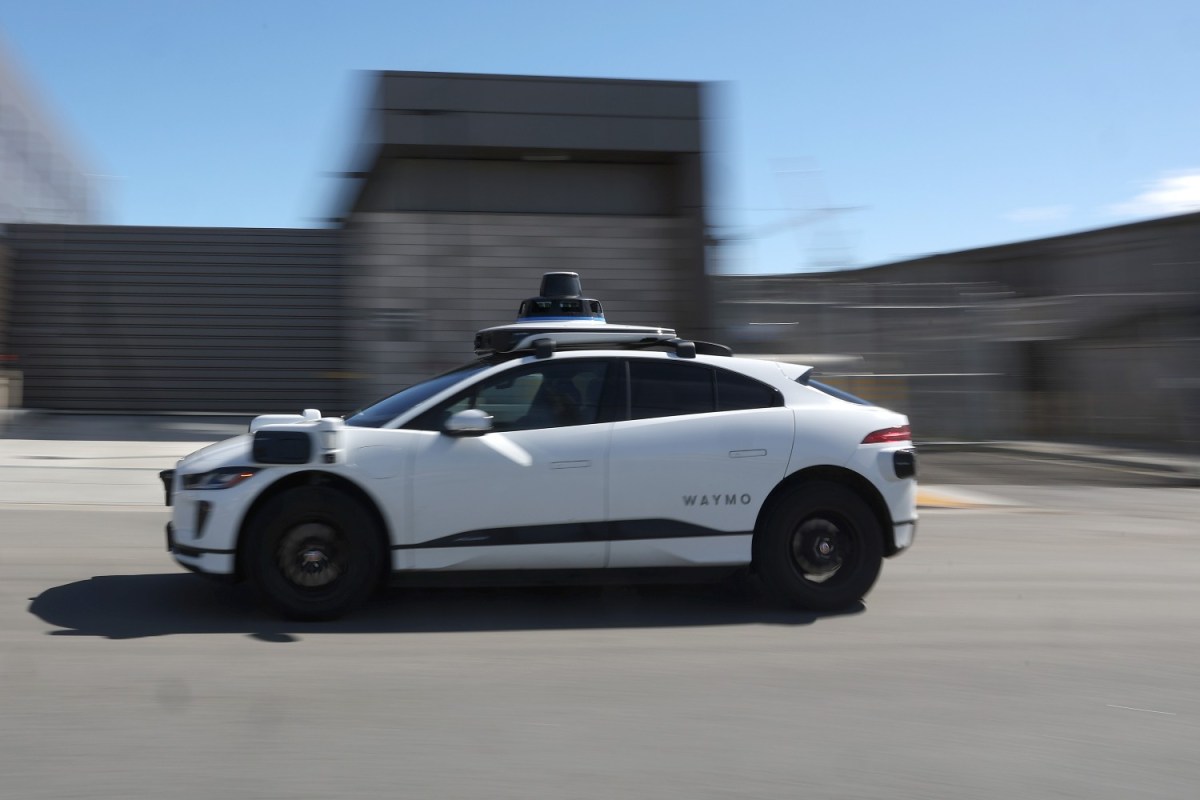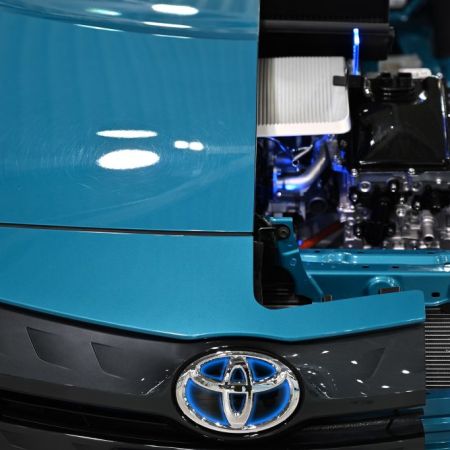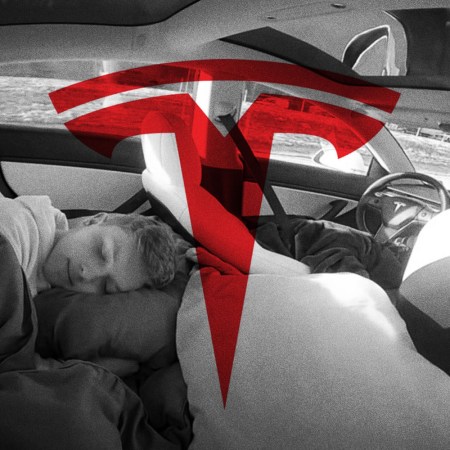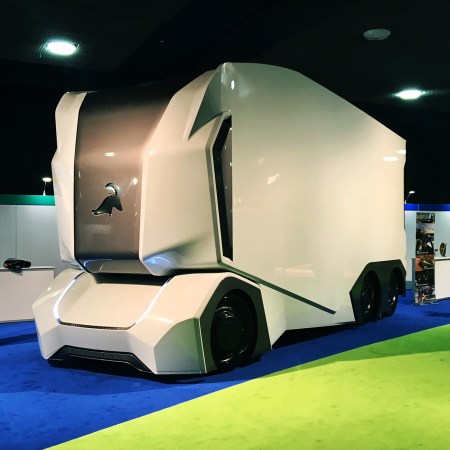If you’ve ever traveled by taxi, car service, or rideshare, you’ve probably had your share of good drivers and bad drivers. It’s less likely that you’ve had a robotic driver — currently, that technology has been highly regulated and relatively restricted. (Plus, “no one is driving this taxi” tends to be a sign that things are about to get weird in the movie you’re watching.) Now, thanks to a California state agency’s decision, autonomous taxis are about to get a lot more widespread — at least in one American city.
The city in question? San Francisco. On August 10, 2023, the California Public Utilities Commission gave the go-ahead for two companies — Waymo and Cruise — to operate their autonomous taxis 24/7 in San Francisco.
More specifically, it allows the two companies to charge for driverless trips. The previous approval given to both companies had regulated the circumstances under which they could charge for rides, which included requiring the presence of a safety driver. This latest development allows for more autonomous vehicles to be, well, autonomous.
In the CPUC’s announcement, Commissioner John Reynolds acknowledged that issues related to autonomous vehicles . “Collaboration between key stakeholders in the industry and the first responder community will be vital in resolving issues as they arise in this innovative, emerging technology space,” Reynolds said in a statement.
Here’s Why Google Has Driverless Cars on the Road and Tesla Does Not
Waymo beat Elon Musk to the starting line on robotaxis, but that’s not the whole storyHere’s Why Google Has Driverless Cars on the Road and Tesla Does Not
Waymo beat Elon Musk to the starting line on robotaxis, but that’s not the whole storyThis doesn’t mean that all of the stakeholders involved in the world of autonomous taxis in San Francisco are thrilled by this news. As a recent Axios article points out, some city officials have been frustrated with Cruise and Waymo’s responses to stalled vehicles, which they’ve felt is insufficiently quick.
The CPUC’s decision does pave the way for a much larger question for autonomous vehicles to be answered — namely, what happens when they’re operating in a city alongside vehicles with human operators? In the months to come, we’re all about to learn the answer.
Thanks for reading InsideHook. Sign up for our daily newsletter and be in the know.













